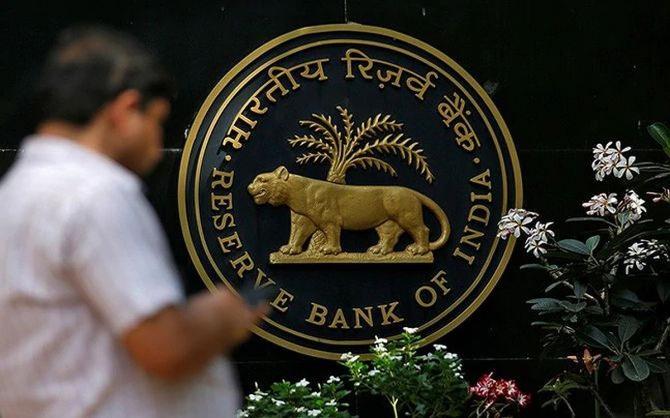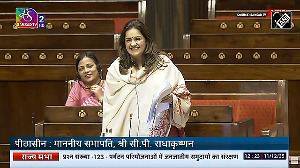Concerned over the rise in mis-selling of products by banks and non-banking financial companies (NBFCs), the Reserve Bank of India (RBI) is examining whether to come up with norms to curb such practices.

Observing that pushing financial products, such as insurance, indiscriminately to unaware consumers may be detrimental to their well-being, RBI Deputy Governor M Rajeshwar Rao said, “We are examining whether it necessitates framing of guidelines to address mis-selling of financial products and services by REs (regulated entities).”
"There are reports of mis-selling of financial services, such as insurance products.
"The concern is that such mis-selling without regard to suitability and appropriateness would beget distrust in schemes aimed at providing a safety net to low-income households by creating artificial boundaries,” Rao said in a speech on financial inclusion at an event organised by HSBC last week.
The speech was uploaded on the RBI website on Monday.
The deputy governor also raised concerns over exorbitant interest rates charged by microfinance players and said these lenders should look beyond “high-yielding business” tag, which is attached to the sector, and approach it with an empathic and developmental
perspective, recognising the socioeconomic role that microfinance plays in empowering vulnerable communities.
“The sector continues to suffer from the vicious cycle of over-indebtedness, high interest rates, and harsh recovery practices,” he said.
Rao further said that some of the players, despite having access to low-cost funds, have been found to be charging margins significantly higher than the rest of the industry, which, in several instances, appear to be “excessive”.
Some of the private sector banks, and most small finance banks, have sizable microfinance portfolios. Banks have access to low-cost funds like public deposits, unlike NBFCs that have to rely on bank funds and market borrowing.
“While some moderation in interest rates charged on microfinance loans has been observed in recent quarters, pockets of high interest rates and elevated margins continue to persist,” Rao said.
He said while the frequency of disruptions in the microfinance sector has increased of late, incidents of high borrower indebtedness, coupled with coercive recovery practices, sometimes lead to tragic consequences.
Rao emphasised on lenders enhancing their credit appraisal frameworks to prevent overleveraging of borrowers.
“Additionally, they must eschew any coercive or unethical recovery practices, ensuring that financial services are delivered in a manner that is both responsible and sustainable,” he said.
Calling for introspection of the business models of players in the microfinance sector, Rao said: “While the business model may be sound, the organisational structure, and the incentive schemes framed to deliver the services may be flawed, resulting in perverse outcomes for customers. This calls for an introspection around the models.”
The deputy governor also expressed concern over grievance redressal mechanism and said effective redressal was non-negotiable for financial sector enterprises.
This is because non-resolution of consumers’ concerns not only leads to erosion of customer base but also results in loss of trust in the broader financial system, and deters new consumers from entering the system.
In this context, he said complaints received at the offices of the RBI ombudsmen as well as at Centralised Receipt and Processing Centres (CRPCs) marked a sharp 33 per cent year-on-year (Y-o-Y) increase in 2023-24 (FY24).
“This raises questions on the products, practices, and handling of grievances at the level of the RE.
"REs, therefore, need to analyse the gaps and strengthen their processes to reverse the trend of increasing grievances,” Rao said.
On the current scenario of financial inclusion in the country, he said the launch of Pradhan Mantri Jan Dhan Yojana (PMJDY) was the watershed moment in the journey.
“As of May 21, 2025, 55.44 crore Jan Dhan accounts, 56 per cent of which belong to women, have over Rs 2.5 trillion worth of deposits, which speaks volumes about the impact of the scheme,” he said.
Rao said the plan is to make all the districts of the country 100 per cent digitally enabled.
“All state- and Union Territory (UT)-level bankers’ committees have been advised to identify districts and assign them to designated banks, with an endeavour to make these districts 100 per cent digitally enabled.
"The objective is to provide every eligible individual in the identified district at least one mode of digital payments,” he said.
As on March 31, 2025, 514 districts across 15 states and six UTs were 100 per cent digitally enabled.
“This marks a significant milestone in our journey towards a digitally inclusive economy,” Rao added.











